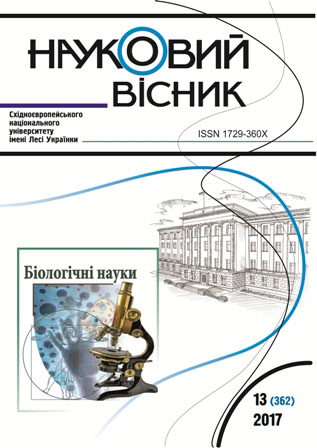Influence of Perception of an Individual Minute on Neurodynamic Indices
DOI:
https://doi.org/10.29038/2617-4723-2017-362-13-135-142Keywords:
individual minute, bradychronics, tachychronicsAbstract
The purpose of the work is to reveal the characteristics of neurodynamic parameters in female subjects, depending on the perception of an individual minute. The study was conducted on 32 female aged 17– 19 years. According to the results of the «Individual Minute» test, all subjects were divided into 2 groups: Group I – bradychronics (11 girls), which were characterized by a tendency to accelerate time; Group II – tahihronics (21 girls), which tended to slow down the time. It has been shown that for girls of Tachychronics a more qualitative performance of the task is characteristic, which was reflected in fewer errors and the time of a complex and simple sensorimotor reaction. For subjects with a tendency to acceleration of time, less accuracy in the performance of tasks and high latent periods of simple and complex sensorimotor reactions are characteristic. The strength and mobility of the nervous processes are higher in girls, speeding up the «individual minute». The value of the «individual minute» estimate more affects the neurodynamic indicators of individuals that overestimate the time. While girls who tend to slow time, were less sensitive and did not have the impact of assessing the «individual minute» for neurodynamic indicators.





